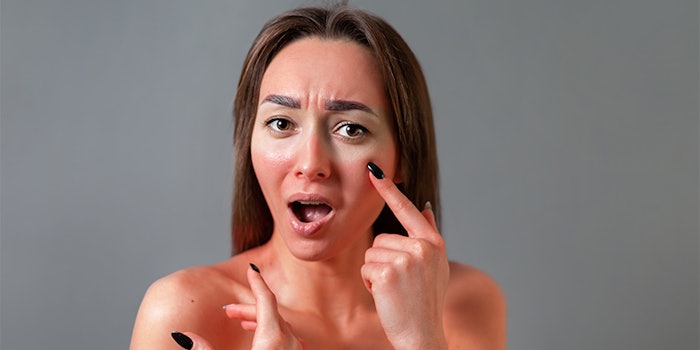
Retinol has become a hot ingredient; it's the number two most searched skin care ingredient in the United Kingdom, and skin care products are showing up all over the market with it. But it can be a tricky ingredient that clients shouldn't immediately jump into without research due to the unwanted side effect of retinol burns.
A retinol burn can happen when client's first start to incorporate retinol into their routines or if they have moved to higher concentration that their skin might not take well, explains Healhline.
Symptoms of retinol burn range from dry skin and flaking to painful irritation and redness or discoloration.
But, with proper care a retinol burn can be treated and even possibly avoided.
Avoiding Retinol Burn
To avoid retinol burn, have clients slowly incorporate retinol into their routines. This means starting with a low concentration such as .03% or even diluting it by mixing it into a moisturizer.
Whichever concentration they start with or if they are upping their concentration, have them start twice weekly and evaluate if best to increase use/percentage.
Treating Retinol Burn
If the damage has already been done, have clients work to soothe their skin. Either ice the area, apply aloe vera or a hypoallergenic moisturizer to help re-hydrate as well as switching to a gentle skin care routine for the time being.
Healthline also suggests recommending hydrocortisone cream to treat inflammation and redness or discoloration can also be beneficial but warns to use sparingly around the eyes and do not use any steroid cream longer than two weeks at a time as they can thin out the skin.
Retinol burns and over exfoliating can have similar symptoms, for more gentle skin care tips, read here.










